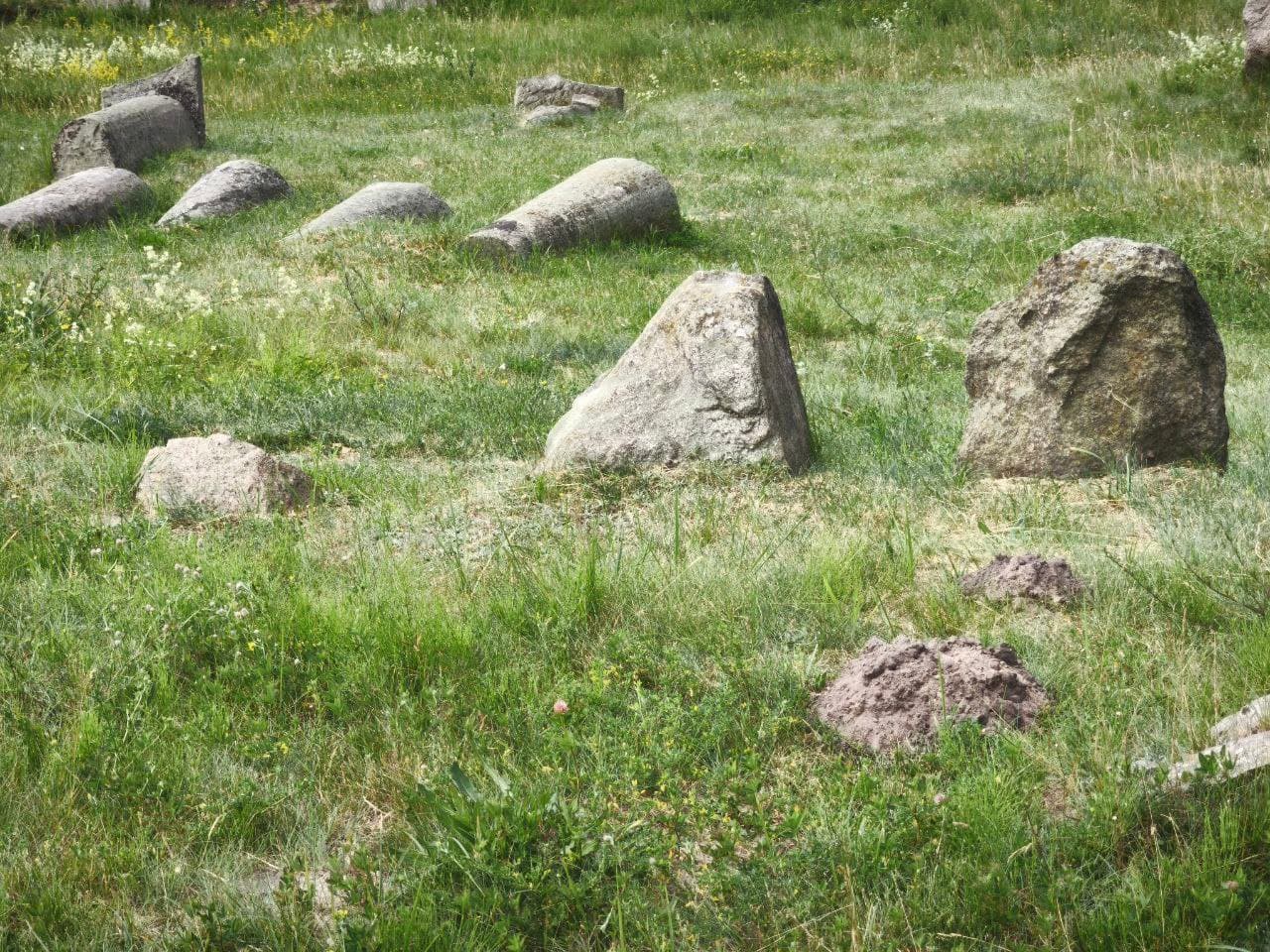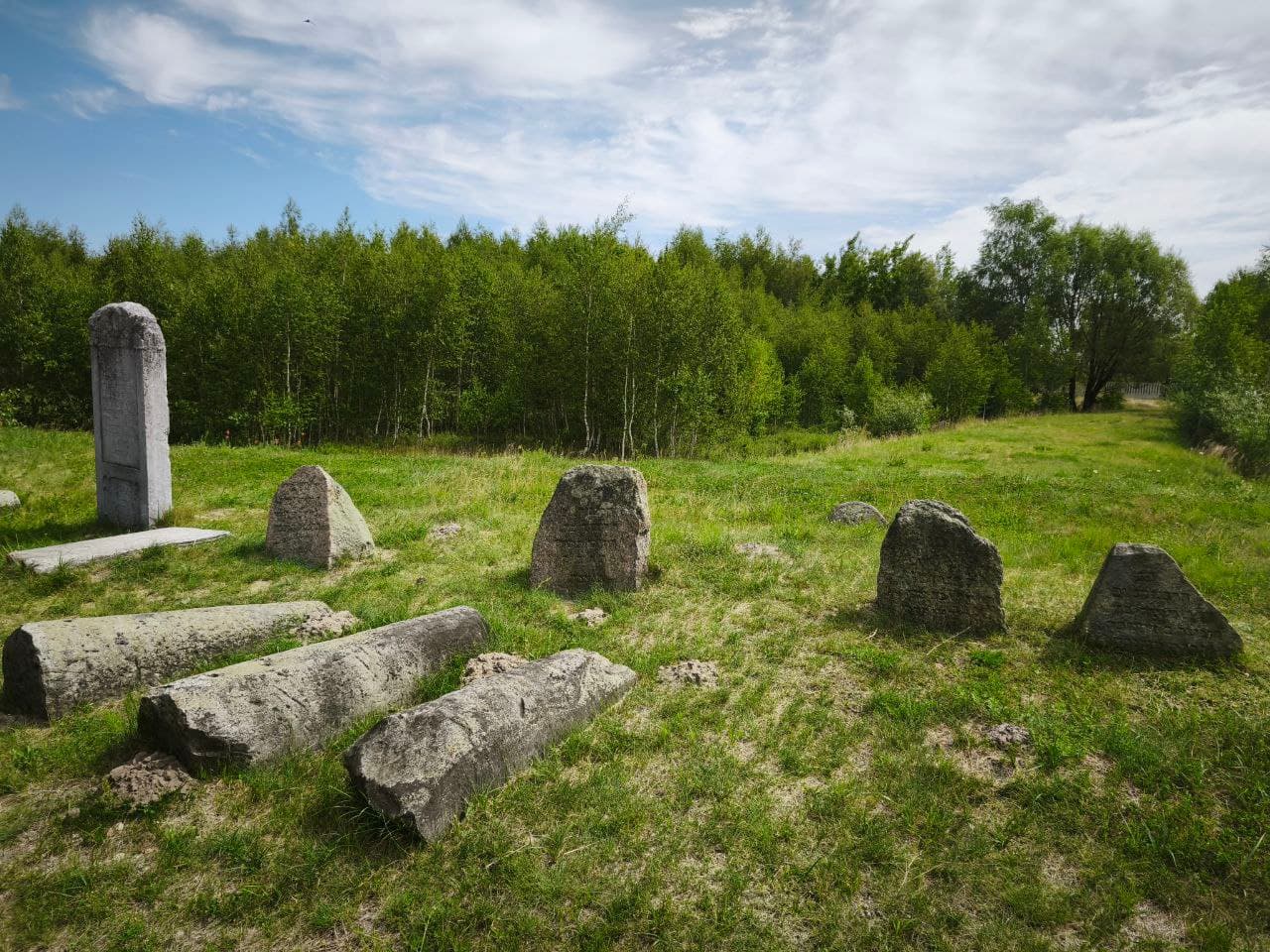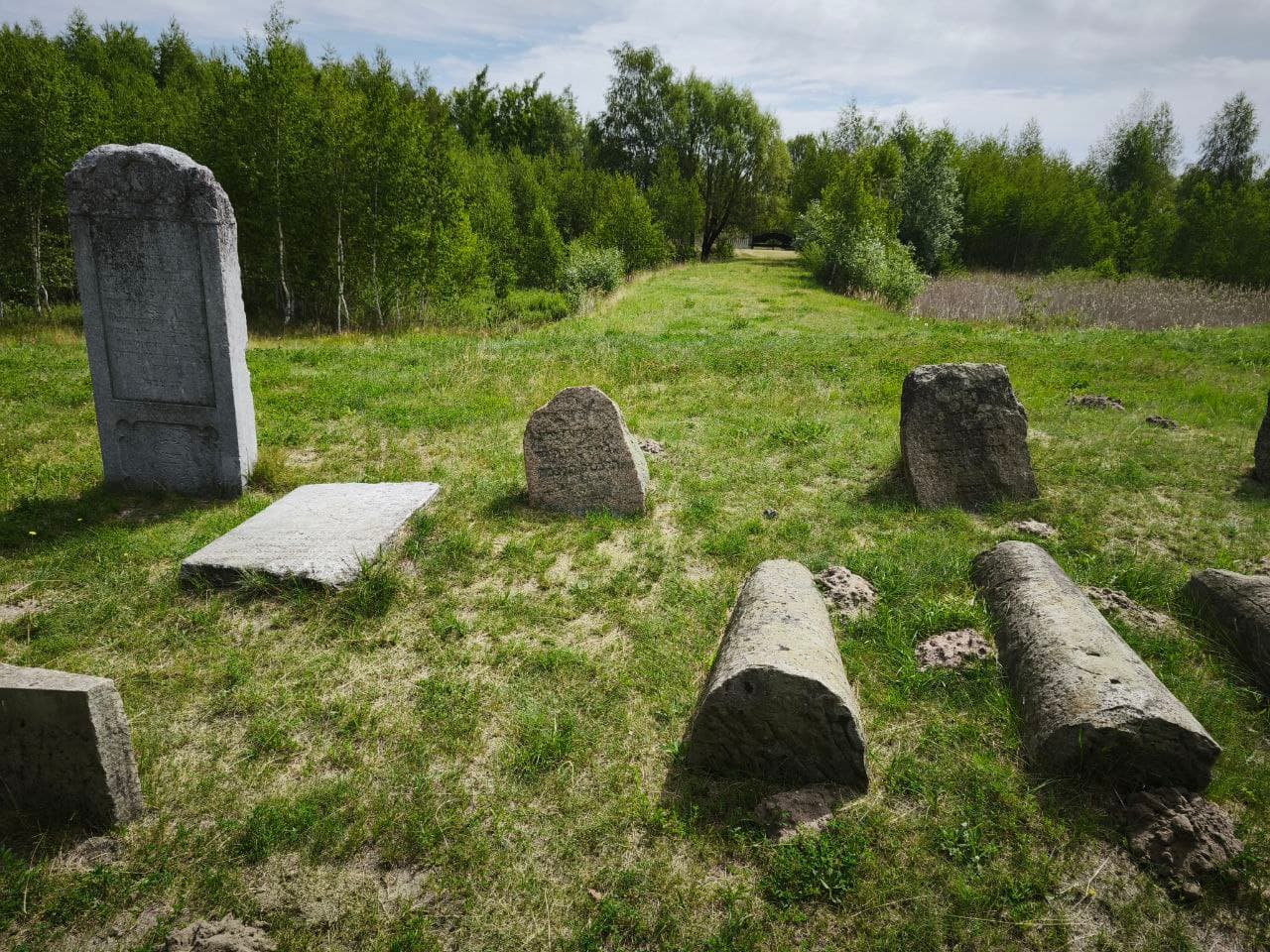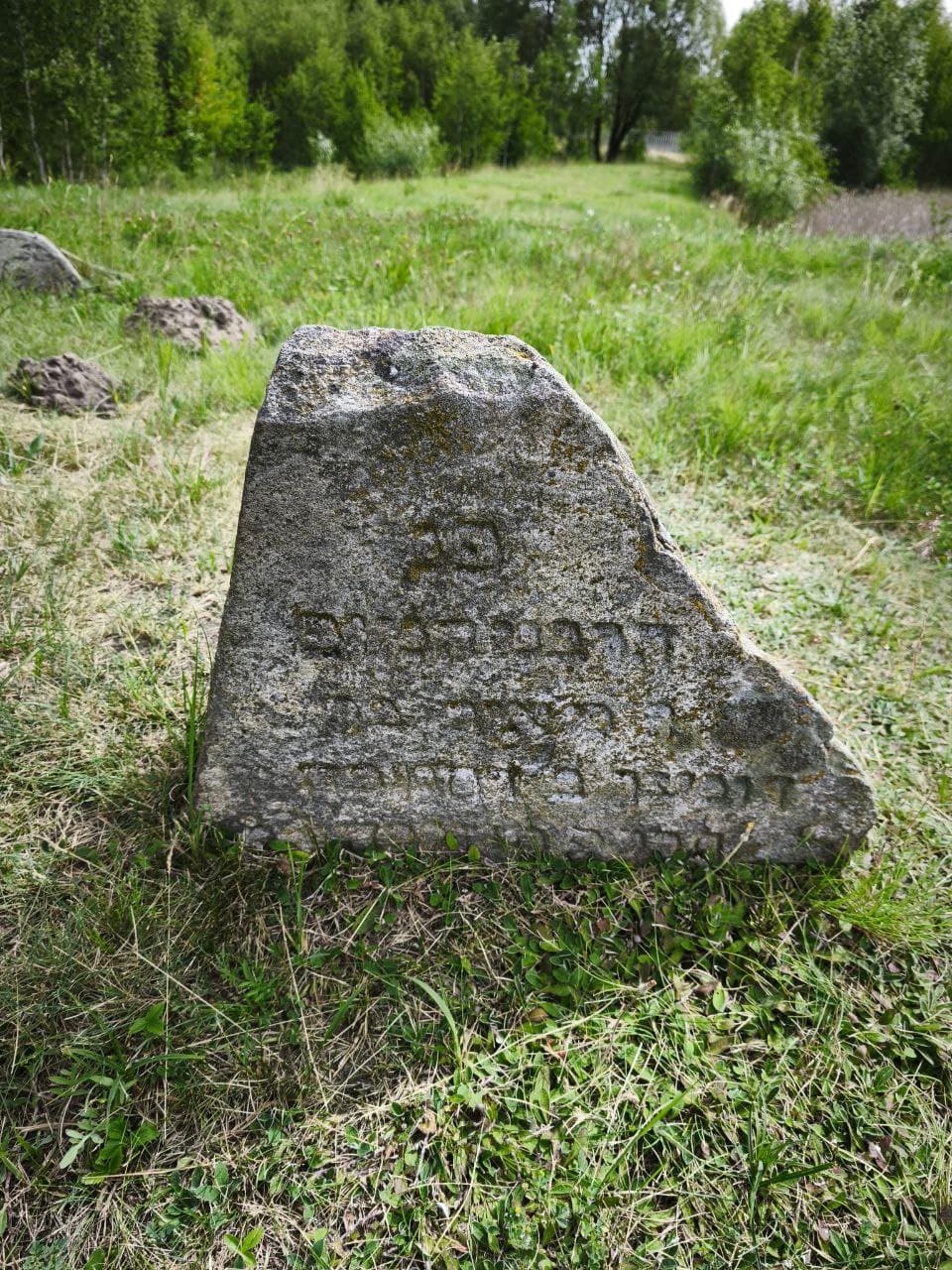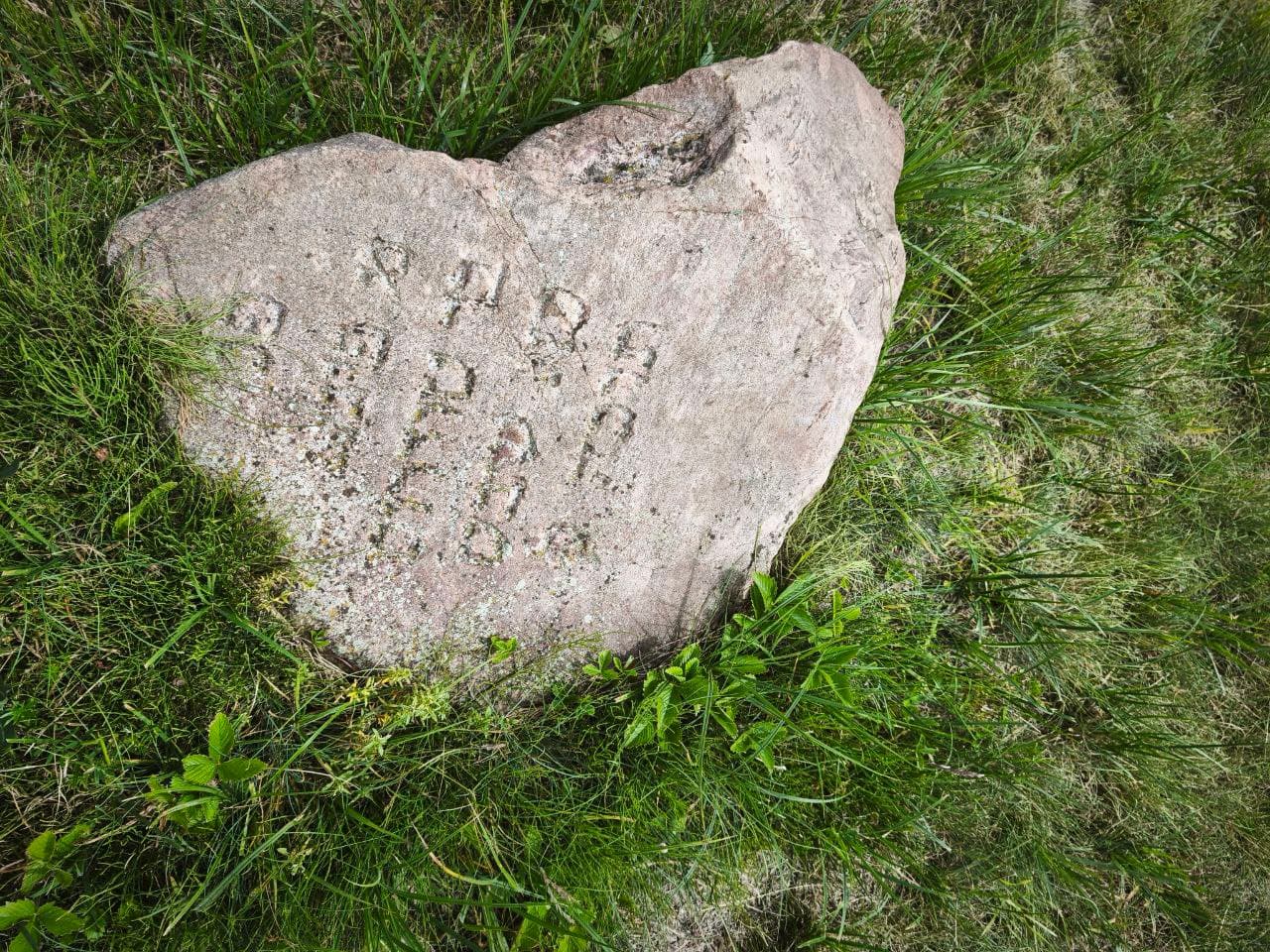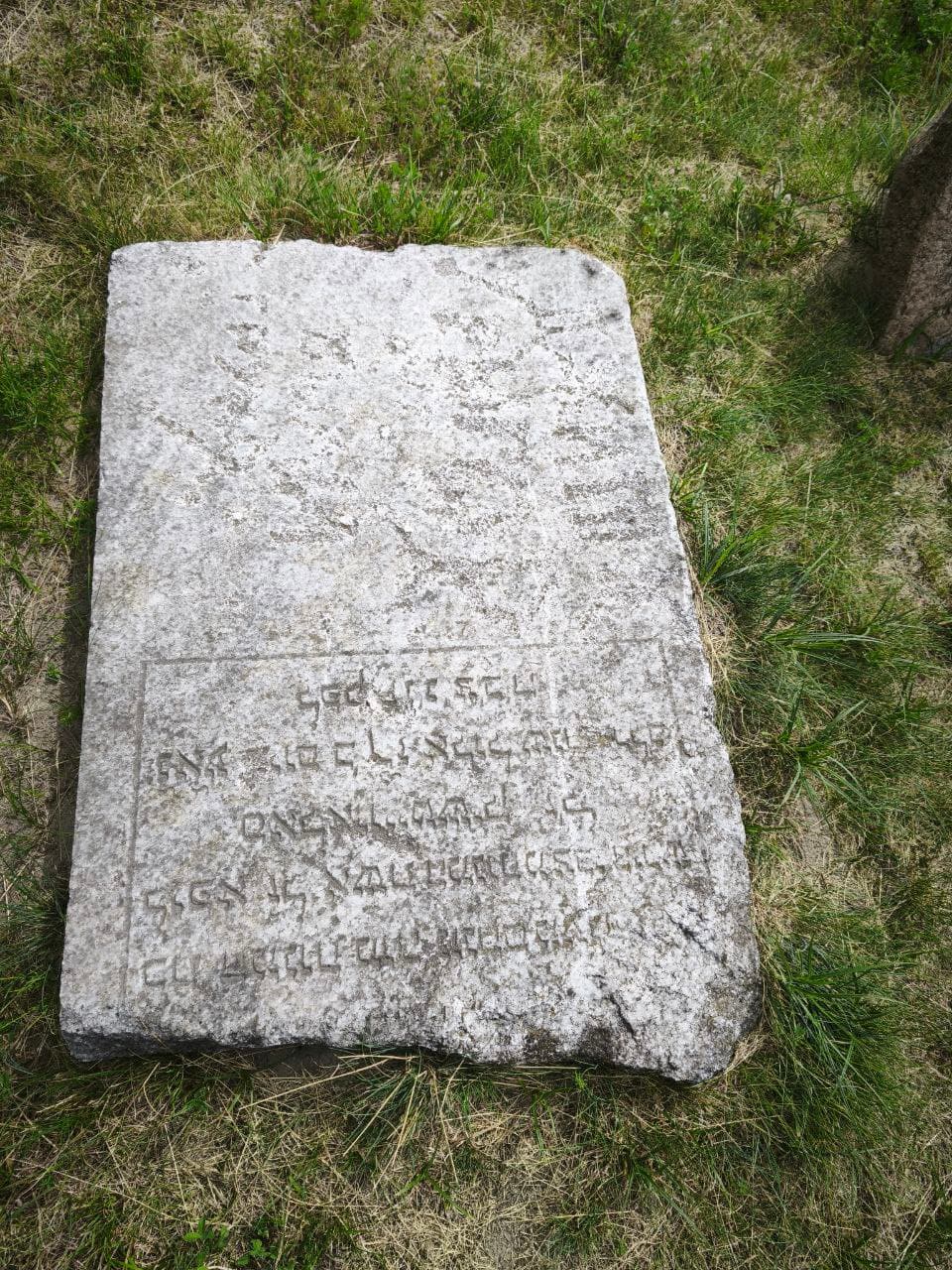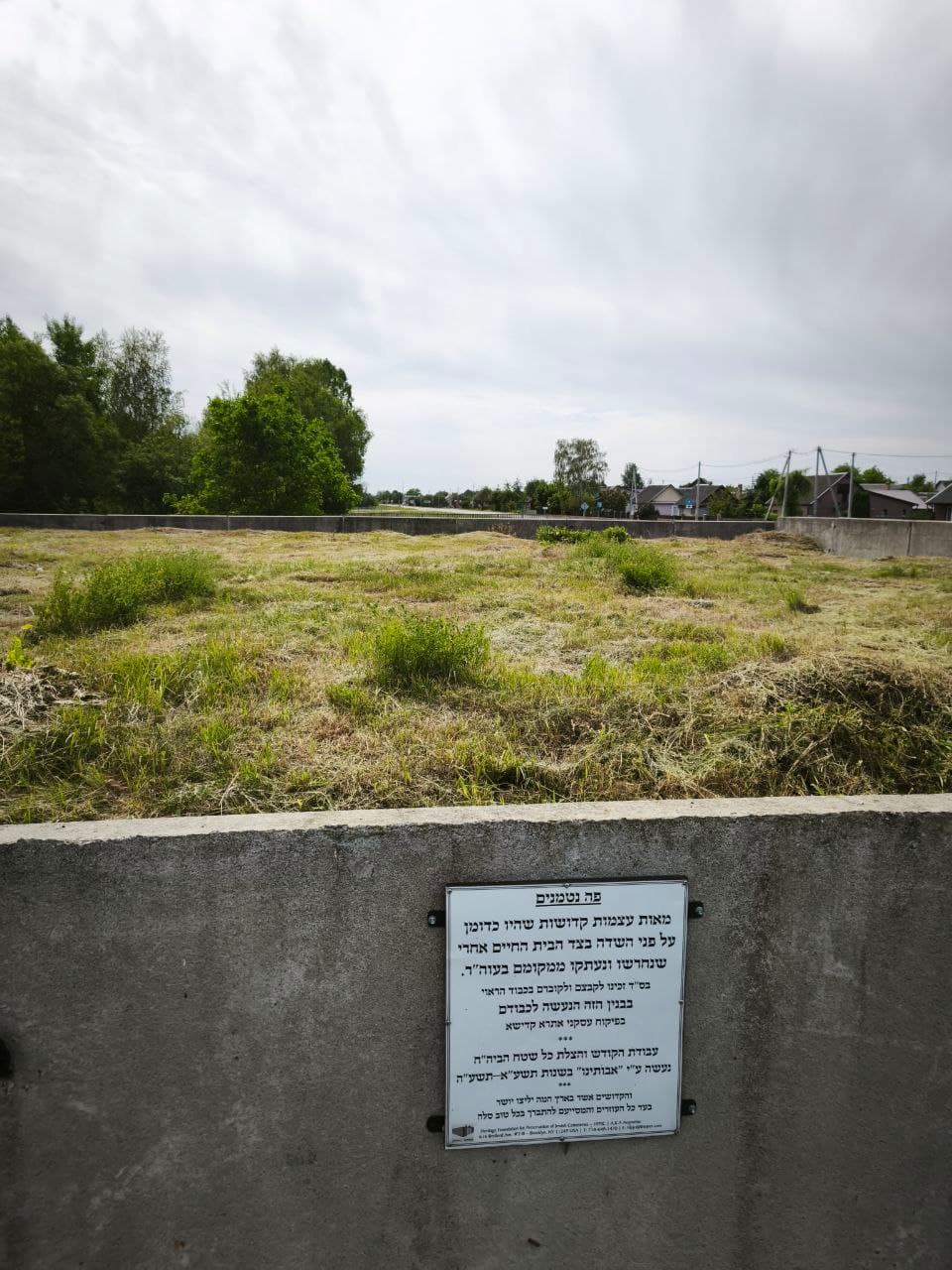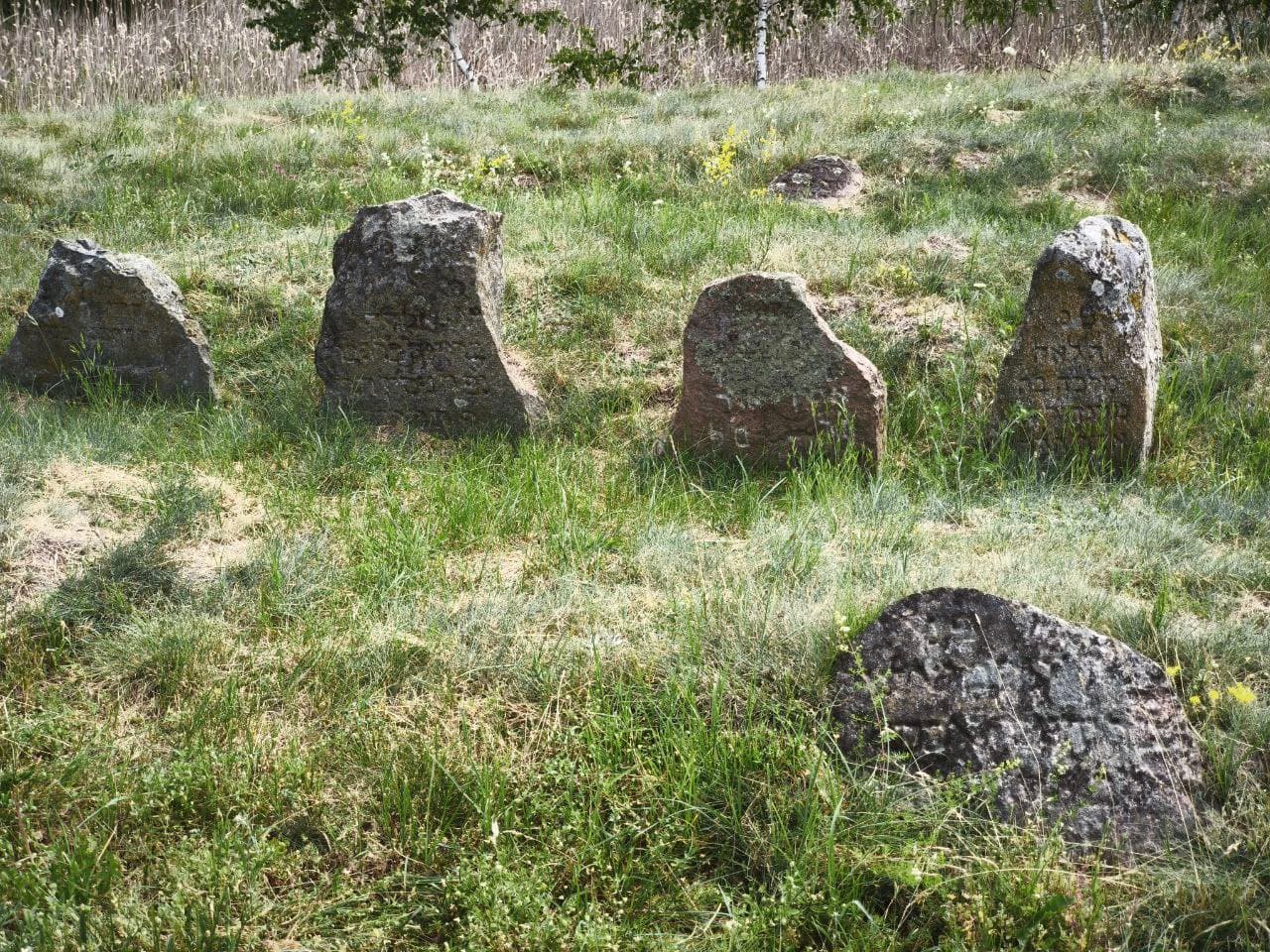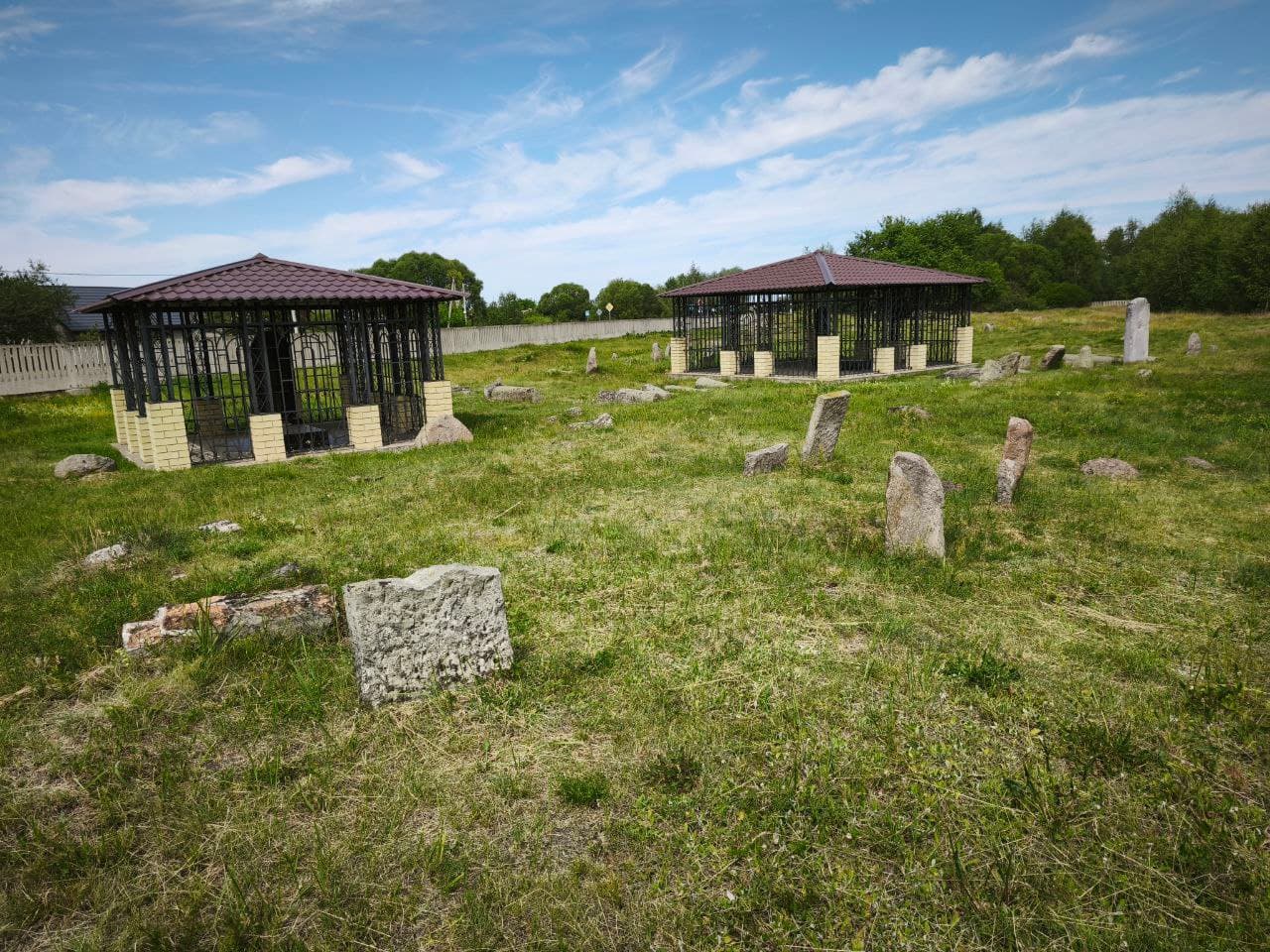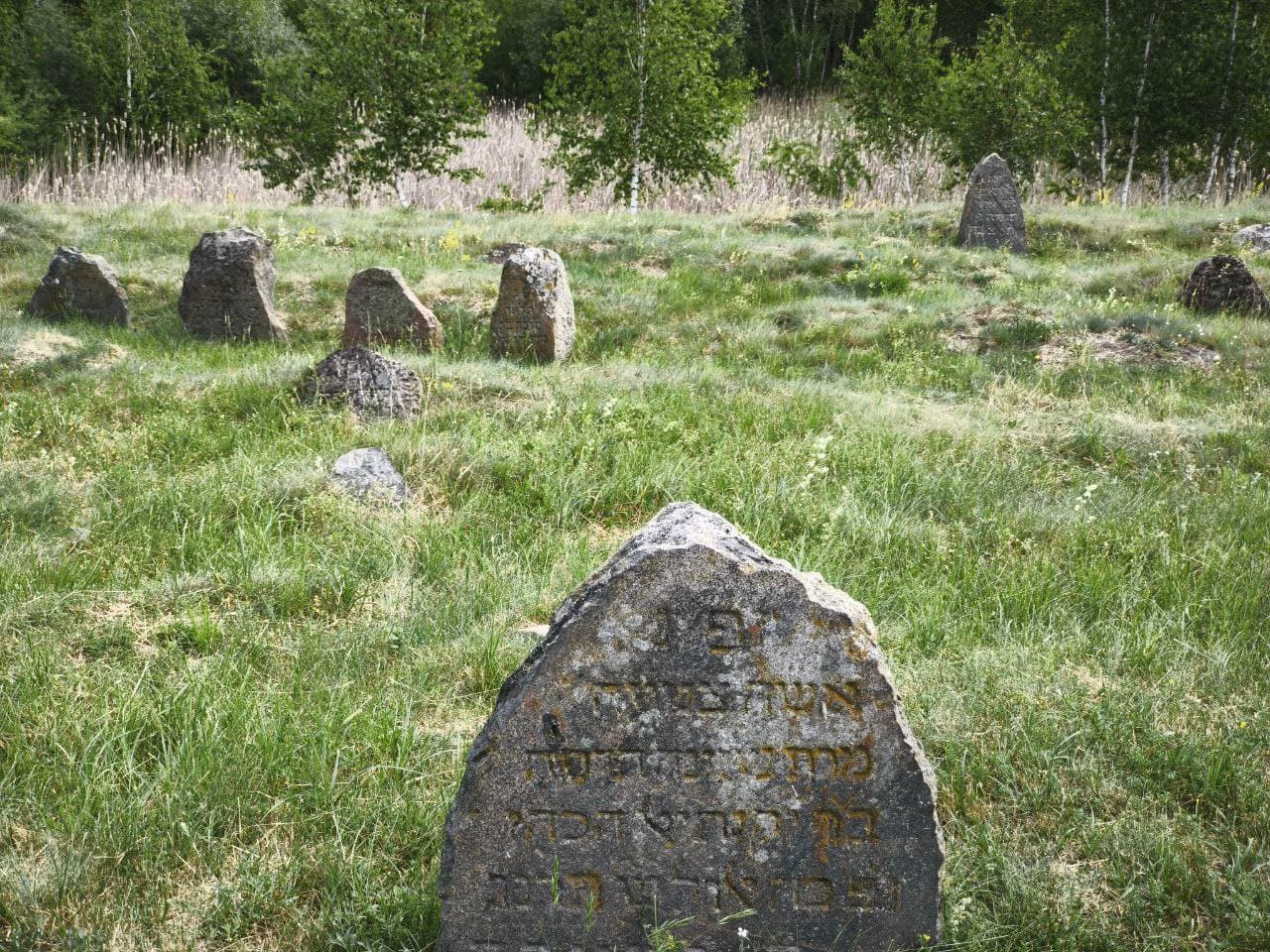Kobrin. An ancient Jewish cemetery.
Memorial
Belarus, Brest region, Kobrin city, Jewish cemetery
Description
The old Jewish cemetery, located on the outskirts of Kobrin, today is a piece of land with randomly scattered tombstones. Today, this place has not only historical value, but is also the keeper of the memory of the ancestors of many people, whose descendants today live all over the world.
Categories
Historical
Comments
Reviews to the Place
1Ольга Ерёменко
11.07.2025
An ancient Jewish cemetery on the outskirts of the city of Kobrin.
Jews have played an important role in the life of the city for centuries, settling here no later than the 15th century, simultaneously with the emergence of the Kobrin principality.
According to a two-volume publication on the history of Kobrin Jewry, published in Yiddish in Argentina in the 1950s, Jews settled in Kobrin already in the 12th century.
In 1514, King Sigismund the Old confirmed the privileges previously granted to the local Jewish community by Alexander Jagiellon. Documents from that time attest to the existence of a "Jewish school" in the city, that is, a prayer house located on Pinskaya (Pervomaiskaya) Street. In 1563, the majority of Jewish families lived on this street, the total number of which reached three dozen.
By 1792, the Jewish community had grown to 1,005 people. The most significant growth occurred in the 20th century: in 1906, 6,289 Jews lived in the city, and 21,989 in the county. Before the revolution, Kobrin was a "Jewish town."
At the beginning of the 20th century, mass emigration from Kobrin and the district to the USA began, there were many Jews among the settlers. A two-volume "History of Kobrin Jewry" was published in New York.
In 1915, when the majority of the population was evacuated, local Jews remained in the city. They got along well with the German occupiers, using their knowledge of Yiddish. Writer K. Paustovsky witnessed the removal of a local Jewish saint, "tzadek", from Kobrin.
Judaism played a huge role in the life of Jewry, helping to avoid assimilation. Kobrin had a Jewish cemetery, a hospital, a bathhouse and a slaughterhouse. Christians, living nearby, remembered and celebrated Jewish holidays.
Between 1941 and 1943, about two thirds of the city's indigenous inhabitants, solely because of their Jewish origin, were brutally exterminated.
This is such a tragic page in the history of Kobrin and in its centuries-old existence of Jews in it.
Today, the old Jewish cemetery, located on the outskirts of Kobrin, is a piece of land with randomly scattered tombstones. It has not only historical value, but also preserves the memory of the ancestors of many people, whose descendants live all over the world today.
A public organization called "Jewish Cemetery" has been established in Kobrin. The main goal of the organization is to maintain the ancient Jewish graves in good condition, in particular, in Kobrin, and to improve them in order to preserve their historical value and the memory of their ancestors.
The Jewish Cemetery organization cooperates with Jewish communities, local authorities, sponsors and volunteers to improve cemeteries.

